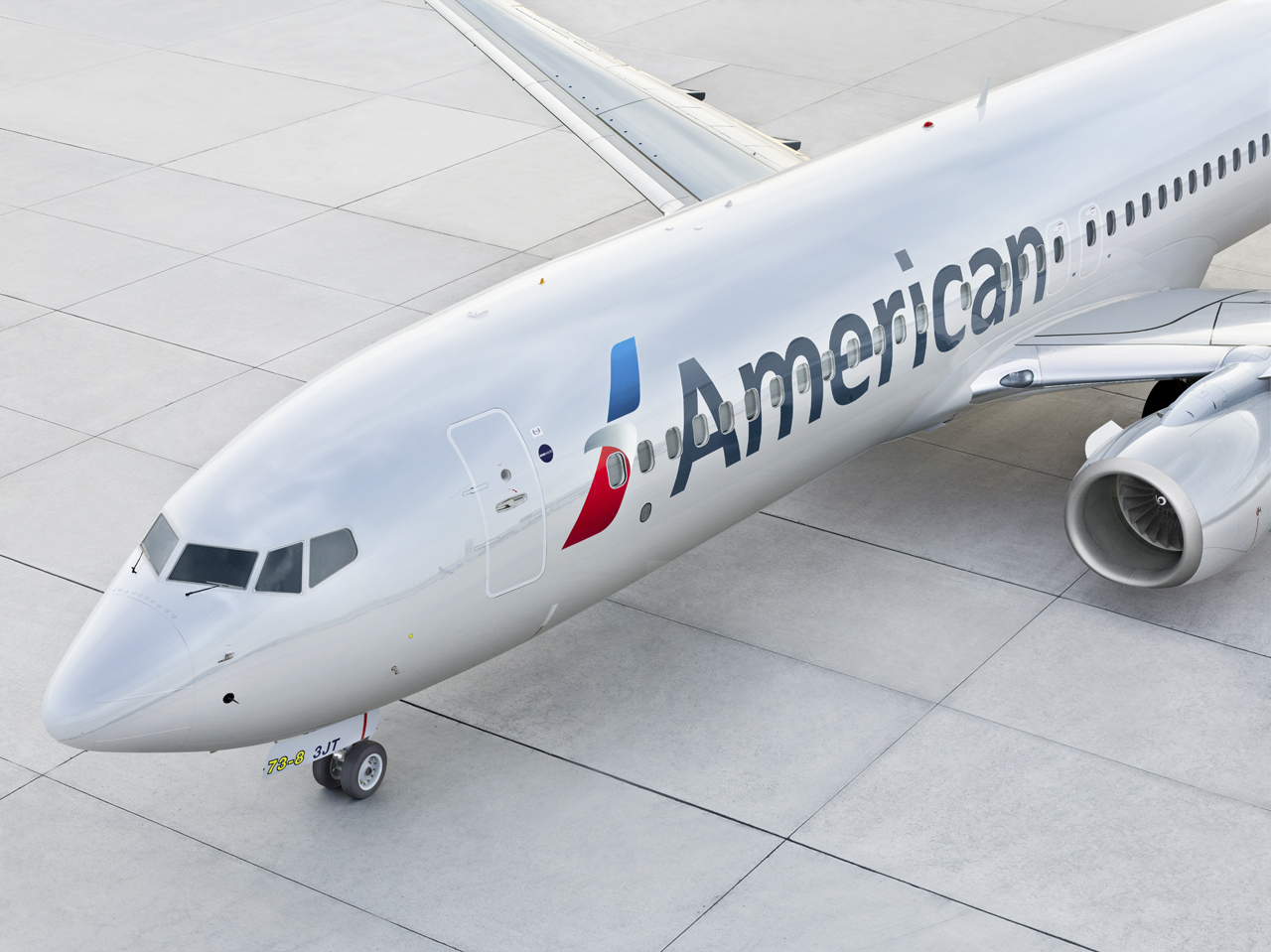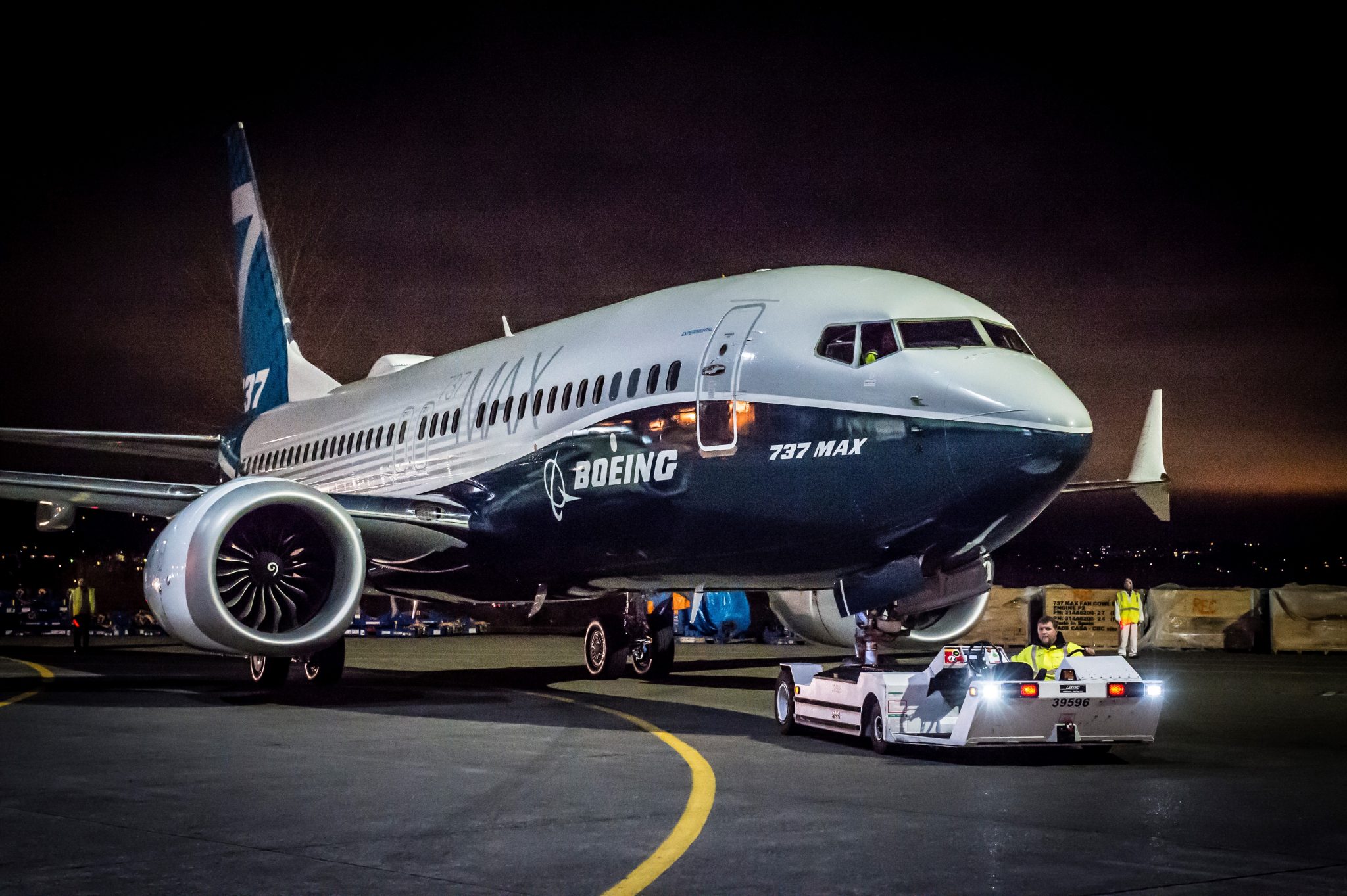
Last week, American Airlines gave a significant update on the planned re-entry into service of the Boeing 737MAX with the news that the airline plans phasing the aircraft back into service starting January 16. 2020. What made this announcement different from multiple other updates from American Airlines about the 737MAX was that this was the first time the carrier had indicated an exact date when it expected the plane to return to fly again.
Since the Boeing 737MAX was grounded in March by the Federal Aviation Administration (FAA), the airline has been forced to extend its cancellation period several times but hasn’t previously guessed when the FAA might give the green light for the 737MAX to return to service.
American’s latest announcement would suggest the FAA is coming close to recertifying the 737MAX based on the approval of software updates developed by Boeing, alongside new training elements that all pilots will have to undertake. For its part, the FAA recently said the recertification campaign was following a “thorough process, not a prescribed timeline,” and has never given any indication of when it will finally clear the 737MAX.
Nonetheless, for American Airlines to say that it anticipates its fleet of 24 Boeing 737MAX8 planes to resume commercial service in January would indicate the carrier is confident that approval will be coming very soon.

But while Boeing is trying to reassure everyone that the 737MAX will be the safest plane ever to take to the skies once its finally recertified, there are many people who will want more than just the promises of the manufacturer that created such a flawed system in the first place or the assurances of the FAA who allowed the plane to be certified in this flawed state.
Despite the FAA’s best efforts to get regulators from around the world onside, it’s likely that many countries will keep the 737MAX grounded until they’ve independently reviewed Boeing’s various fixes and the FAA’s recertification process.
And that’s exactly what American Airlines’ flight attendants want to do as well. Rather than just take the word of Boeing, the FAA or their own company, the Association of Professional Flight Attendants (APFA) has told its members that it will be “making a final determination” as to whether the 737MAX is safe for flight attendants to fly on.
“It will be imperative that our members are assured of the complete safety of this aircraft before taking it back up in the air,” explained Lori Bassani, APFA’s national president in a new memo to American’s 20,000+ flight attendants.
Alongside reviewing data from Boeing, the FAA, and the airline, APFA will also be looking at guidance from the Allied Pilots Association and other agencies including foreign governments and international airlines. If one country decides the 737MAX still isn’t safe, APFA may veto American’s plans to bring the 737MAX into service.
Clearly, flight attendants want to avoid a situation like what happened back in March when American Airlines continued to fly the aircraft following the crash of an Etthiopian Airlines 737MAX – despite the fact that other countries had already grounded the plane because of mounting evidence that suggested it wasn’t safe.
“Our crews and passengers deserve to have the highest level of assurances prior to re-entry into the air space. Our lives and passengers’ lives depend on it. Safety is and always will be our top priority. Our lives are not for sale,” Bassani explained.
American Airlines has not yet released plans about how the provisions its making for passengers who refuse to fly on the 737MAX. An update is expected in the next few weeks.
Mateusz Maszczynski honed his skills as an international flight attendant at the most prominent airline in the Middle East and has been flying ever since... most recently for a well known European airline. Matt is passionate about the aviation industry and has become an expert in passenger experience and human-centric stories. Always keeping an ear close to the ground, Matt's industry insights, analysis and news coverage is frequently relied upon by some of the biggest names in journalism.







